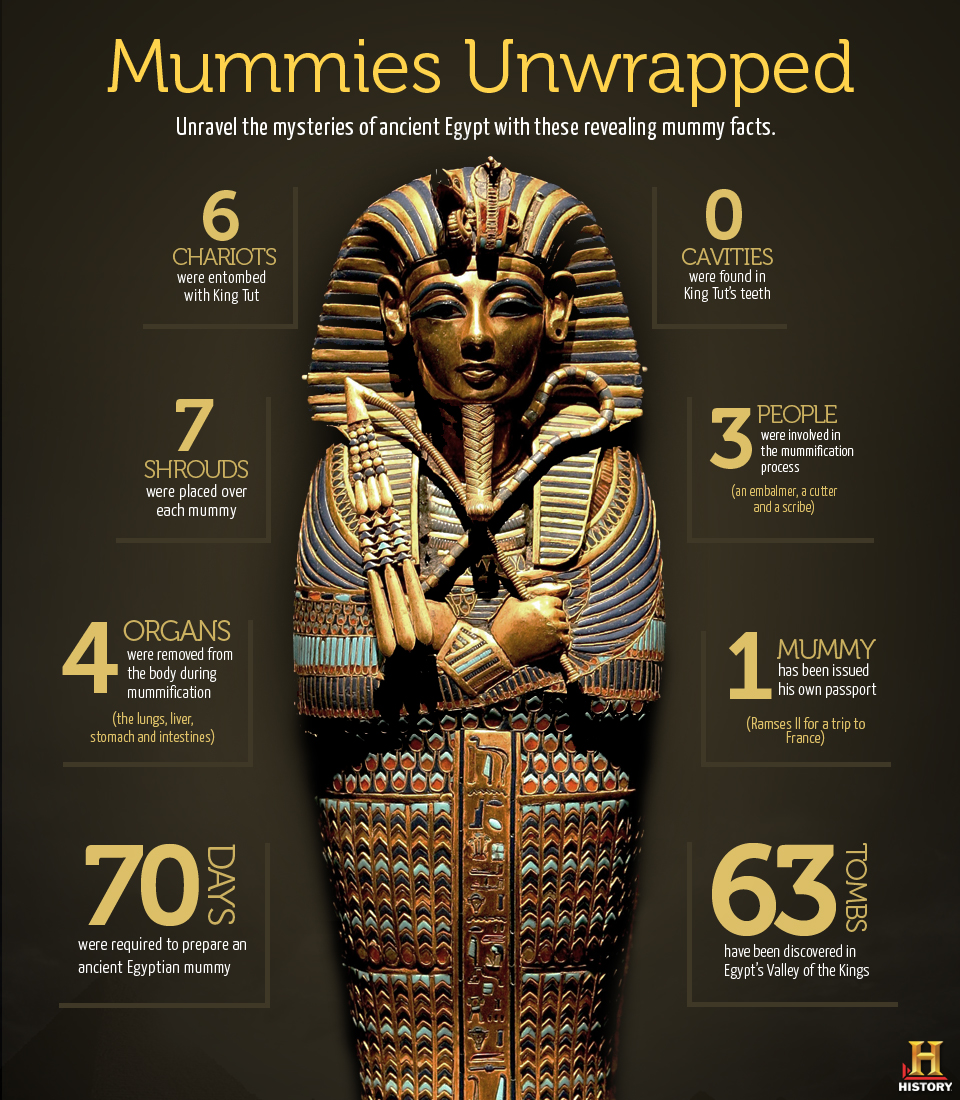ART OF PYRAMIDS IN EGYPTIAN

The Egyptian Pyramids are known to be one of the seven wonders of the modern world. So what actually are these pyramids? How were they built and for what purposes?
During the early years of Egyptian history, the bodies of the pharaohs were placed in "pyramids," massive stone structures built on the edge of the desert, near the high flood level of the Nile. The pyramids were both royal tombs and religious temples, where the spirit -- or "ka" -- of the dead pharaoh could be worshipped.
The pyramids were built of huge blocks of limestone and granite, each block weighing over two tons, which were quarried in the desert nearby. The stones were then carried on boats down the Nile and hauled on a granite causeway from the river to the leveled site, using ropes and sledges and muscle.


It is still a mystery as to exactly how these heavy stones were lifted into place as the pyramids took shape. Most people believed they were pulled up a huge earth ramp and laid in place, layer by layer. After all the stones were in place, the workmen laid fine white limestone along the jagged sides, to give the pyramid a smooth surface.
Meanwhile, inside the pyramid, two rooms had been cut, usually in the rock beneath, though sometimes in the pyramid itself. One of these rooms was the burial chamber, and the other a storeroom to hold the pharaoh's important possessions. When the pharaoh was buried, his coffin was dragged up a long corridor to the burial chamber. Then the corridor was completely blocked off, and the entrance to the pyramid carefully sealed and hidden.
Originally, a pyramid would not stand alone, but would be part of a small complex of buildings. There were sometimes smaller pyramids for the pharaoh's spouse, and rectangular tombs called "mastabas" for other important members of the royal household. There was a wall around the pyramid, a causeway to the river, and two temples: one on the banks of the Nile, called the "Valley Temple," where burial rituals were conducted and one on the east side of the pyramid, called the "Mortuary Temple," filled with statues of the pharaoh, where daily offerings of food and drink were made for the pharaoh's soul.
We realize in viewing the pyramids today that the ancient Egyptians, who lived nearly 5,000 years ago, were some of the best engineers the world has ever known. They displayed a remarkable mastery of technical know-how, while working with the hardest of stones and without metal tools. But, of course, these massive stone structures could not have been built without the labour of tens of thousands of workers. There were craftsmen who worked permanently on the site and a much larger work force of peasant farmers, who were summoned to work on royal projects during the months when their fields were flooded and their time free.
The work was difficult, but the conditions were fair. Workers were free to complain if they felt they had been treated unfairly. For example, one group of labourers refused to continue their work after the government had fallen behind in paying wages. This was the first recorded work strike in history. And it was resolved without incident.
In building the pyramids, the workers had one special incentive. Since they believed that the pharaoh would care for them in the next world, it was in their best interests to ensure that he got there safely. Although the pyramids were constructed in such a way that made robbery difficult, over the centuries thieves did manage to break in, destroying the bodies of the pharaohs and stealing their treasures.
Eventually, because of such destruction, the pharaohs stopped building pyramids and instead had secret tombs made in a remote and desolate place called "The Valley of the Kings," near the ancient city of Thebes. These hidden, rock-cut tombs contained all of the elaborate treasures of the pyramids, and eventually most of them were also plundered. However, during the 21st dynasty, many of the royal mummies were removed to a secret hiding place, where they remained undiscovered until about a century ago.
No comments:
Post a Comment